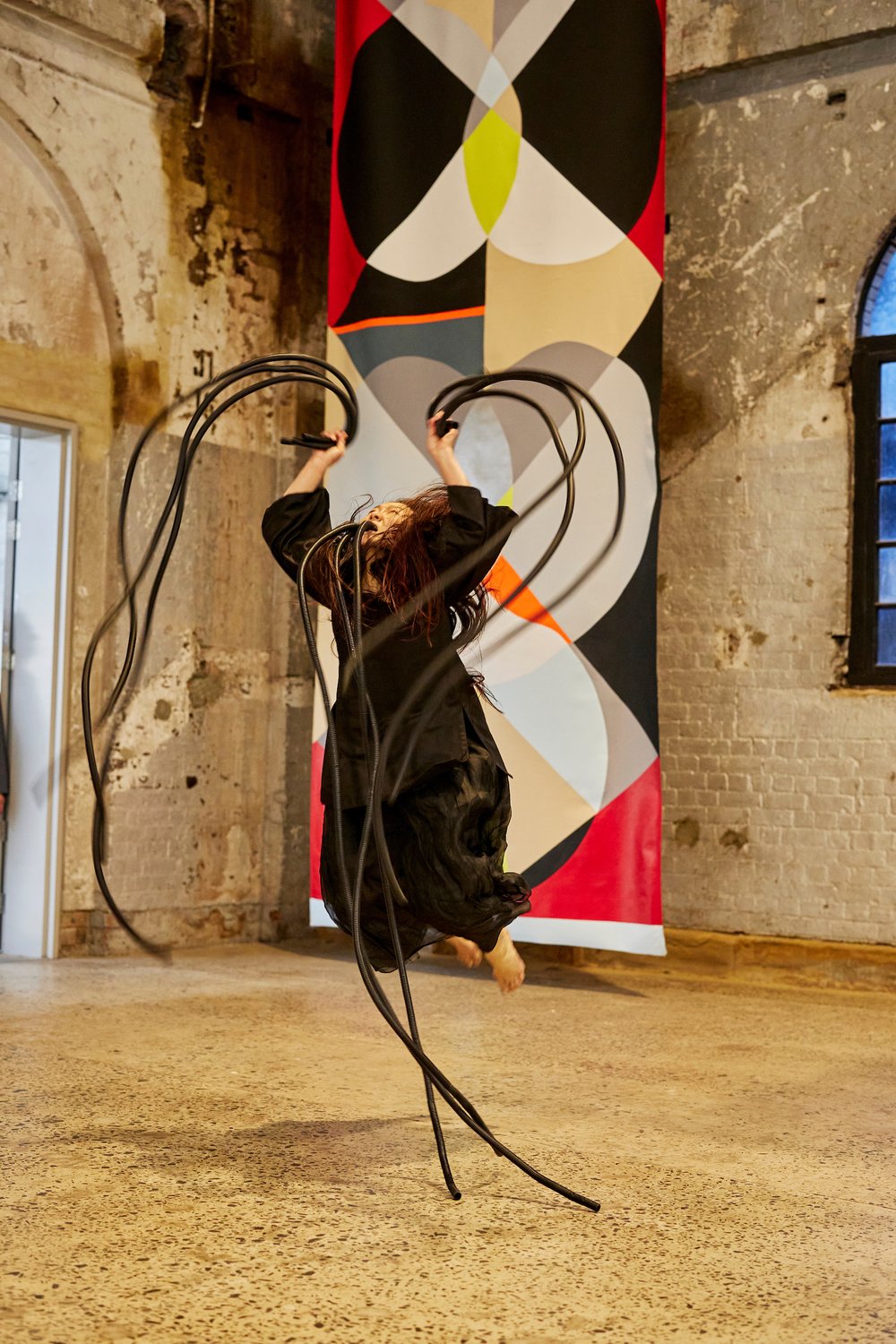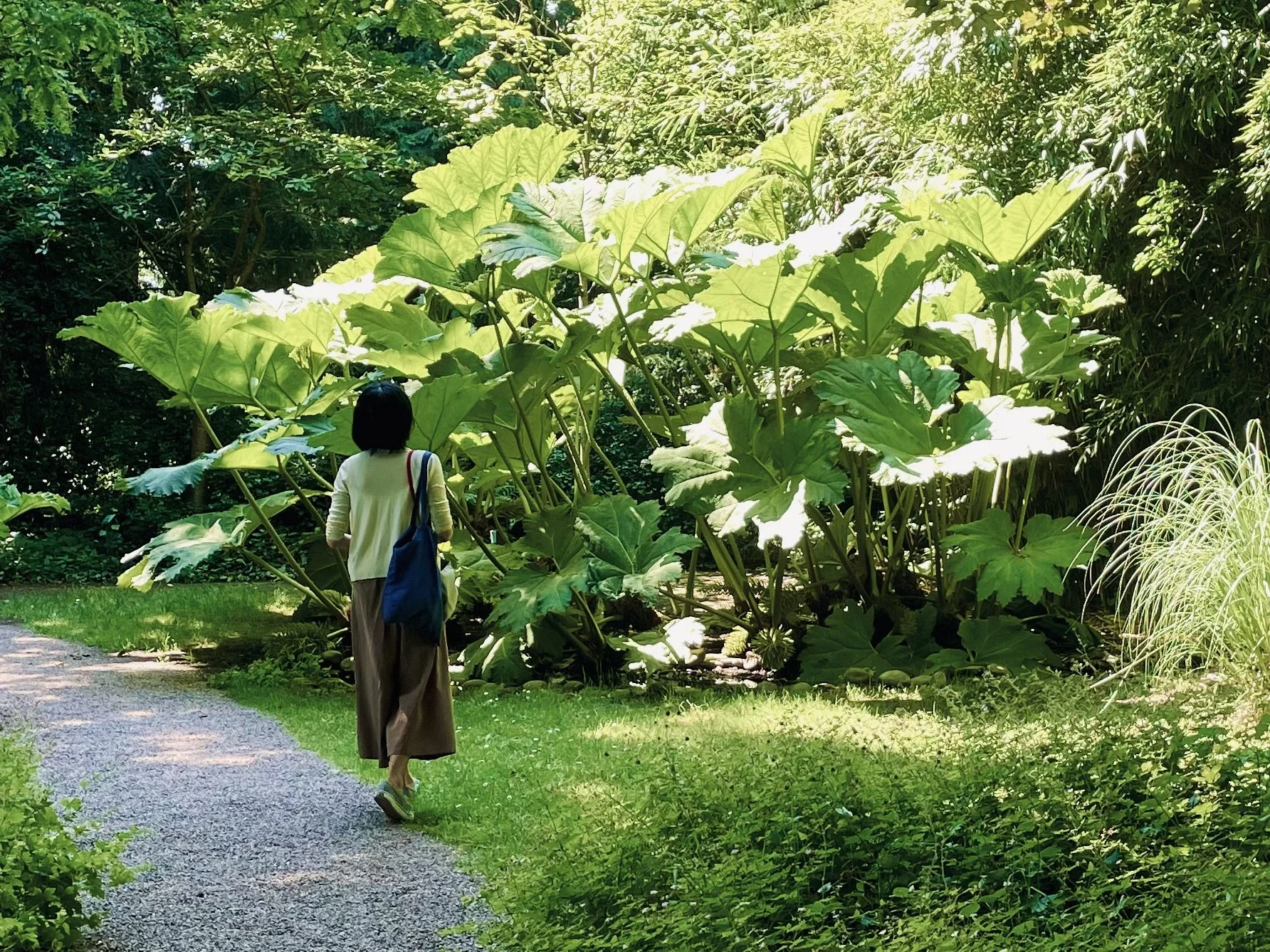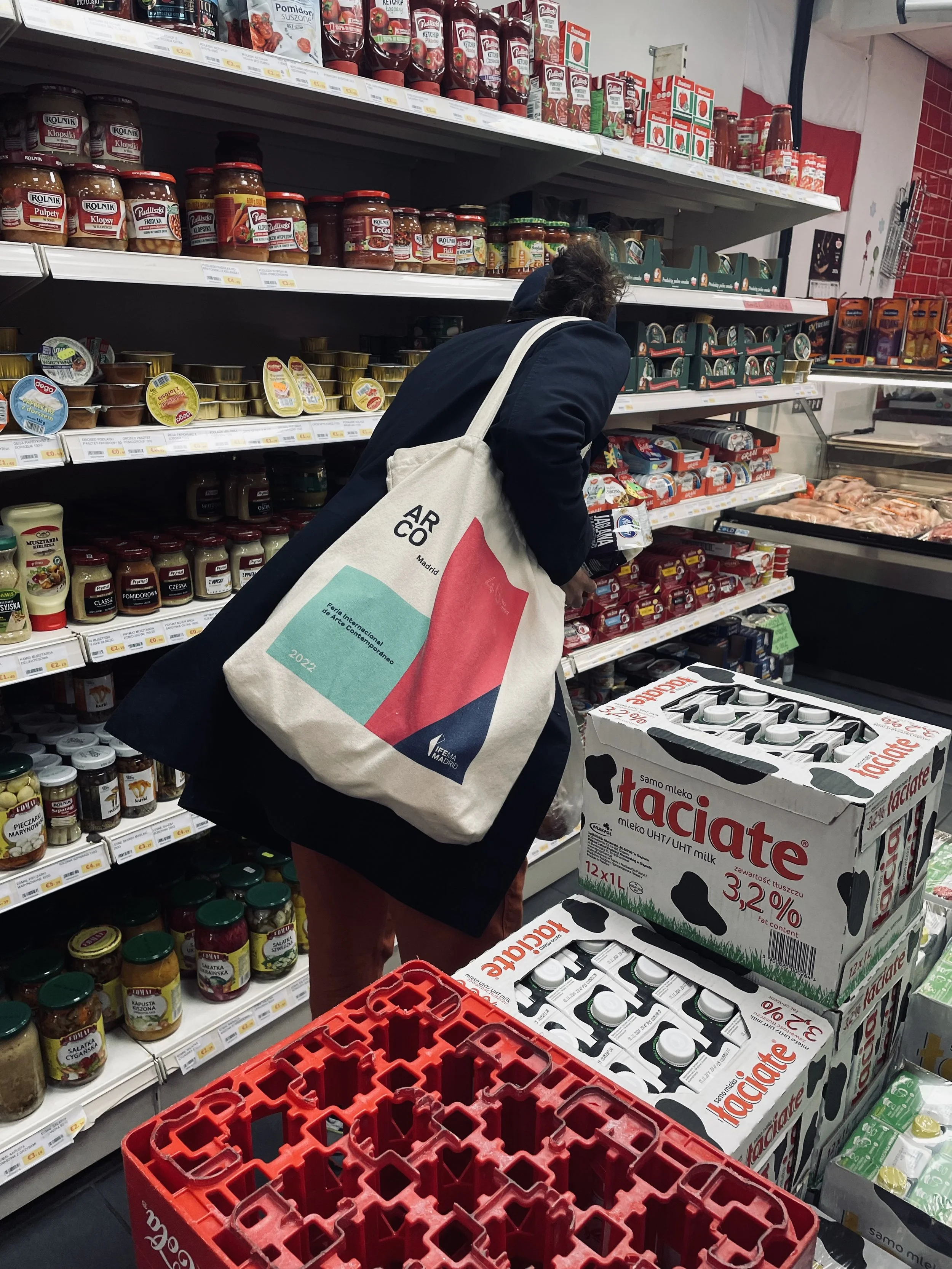Walk with me, Rotterdam : Being and Place
Socio-Cultural Performance Art Residency
facilitated by ieke Trinks, on behalf of PAE (Performance Art Event)
Rotterdam, Netherlands
June 13 - June 20th 2024
Above image of Wolphaertstraat, the street of my temporary abode
Slug trails: a meshwork
Lives are made up of these lines which meet other lines and are woven into knots. The idea of knotting illustrates the way things join with one another, with other lives and experiences, collectivities, in specific places — pathways, buildings, environments such as forests. Much of this movement and travel involves walking. [1]
[1] Ingold, T. (2015). The life of lines, London, England New York: Routledge, 2015. See also Ingold chapter, “Ways of Mind-Walking: Reading, Writing, Painting ” which pursues the general point that all these practices such as drawing, reading, painting in a sense involve walking and travelling…
Background
Through the Walk with me, Rotterdam callout, I’ve had residents in Rotterdam, and on the borders surrounding Rotterdam who have offered me a walk that is meaningful to them.
In the rhythm the walking, walkers have shared personal stories, historical and architectural perspectives, as well as the physical and social landscape changes over time. Intermingled throughout, are snatches of the walkers’ memories of other places in their lives. One of the walkers was born in the second year after Rotterdam was bombed, who held vivid images of people turning over rubble to scavenge for food, and salvage what is possible. By experiencing a sense of place through stories and the lens of the walker, I am also learning about the walker’s personal history through the place.
Walking as a durational, repetitive action which reaches into our body memory
For most of us, it is an unthinking movement that sets up its own internal rhythm for implicit experiences to occur. Walking on a route of significance and sharing this with someone opens up a greater framework for contemplating the complexity of Being and Place. In this instance, what has become apparent is that the experience of becoming-other-than-who-I-am, has been allowed to unfold. “Who am I? from multiple imaginal perspectives“.
I sense through each person, as through a portal, the psychology of a place and the dynamic dialogue between the personal and the collective which resides upon the ground on which this person walks on. For some moments it is as if my being/Being has expanded to absorb you, the walker. There are many moments of temporary wonder. In addition, if some deep recollection is occurring, then multiple aspects of time are being experienced simultaneously and spontaneously.
When I draw back across projects involving the act of walking in 2018, 2022, a through line or tonal scale of this complex melodic pattern of Being and Place appears to be emerging; when a collective with some common purpose walk together, an activist tone of a more ambiguous nature takes place, that is short of an act of social resistance. When the walking collective engages with objects/material the atmosphere takes on a ritualistic feel.
Above: a functioning mill in the midst of conversations with Raziel about the accountability of social policy-makers in the area of national defence and security, as well as the use of walking as a method of bringing together a greater diversity of people from different fields, to dialogue with social policy-makers.
a night walk starting at 9pm
Phillip Mar, an anthropologist and cultural researcher friend of mine muses, when collaborating with Alan Schacher and I on Memory Walks for the residents in the Blue Mountains, where we live:
How to think about these complicated relationships between walking movement and memory? Movement is at the centre of this because our lives are constituted through movement.
Broadly, where we are, who we are is made up of movements. It is fashionable to talk about a ‘journey’ to describe how we got somewhere, learned something, became something.
Journeys are lines or trajectories through places, actual and virtual. These lines take us to new realms (e.g., experience, knowledge, habits, emotion, connections). In the words of anthropologist Tim Ingold, these physical movements form a ‘meshwork’ of lines. These lines are generally discontinuous and form a mesh-like shape of movement and meetings.
Ingold distinguishes meshwork from networks (think telephone lines or the NBN, motorways)
“The lines of the network are connectors: each is given as the relation between points, independently and in advance of any movement from one towards the other. Such lines therefore lack duration: the network is a purely spatial construct. The lines of the meshwork, by contrast, are of movement or growth.
They are temporal ‘lines of becoming’. “
Joop Wÿnhoven and Ade
NJOO Khing Huang, Noordereiland and its significant structural landscape changes over time
I would like to acknowledge the generosity and time of the walkers: Yvette Teeuwen, HIEW Miow Yein, Kamila Wolszczak, ANG Sat Chen, Raziel Yauri Miranda, Josef, Charlien Adriaenssens, Joop Wÿnhoven, Chris Lim, Ade, NJOO Khing Hua, ieke Trinks and Joseph Ravens.
Josef Ravens, at dusk, on the working docks in Charloise
Reflecting, Embodying Responses
I have integrated this walking research process with an ensemble improvisation method. All walkers were asked to offer an embodied response to our shared experience at Leeszaal West, Rijnhoutplein 3, Rotterdam on the 22 June, from 11am-1pm. The participants were arriving by train from other cities, walking or riding. They were asked to be aware, to consider when the moment of performativity occurs for them, as soon as they begin the journey from home to Leeszaal. Participants were free to arrive, enter/exit at any time from 11am, but the latest at 1230pm. They were to perceive themselves as ‘bewilderers’.
Click below for the image documentation of this sharing:
About PAE
PAE stands for Performance Art Event and is an artist-led platform for performance art in the Netherlands since 2008. PAE has no fixed structure or pattern, but changes depending on the artistic developments and the work of the artists involved. The organization is currently led by the artists Nina Boas and ieke Trinks, and supported by the artists Kirsten Heshusius and Kamila Wolczszak. Previously we have partnered with several cultural organization, among them are TENT (R’dam), Wolfart Projectspaces (R’dam), Goethe Institute, Alliance Française, De Brakke Grond (A’dam), TETEM (Enschede), Zuidplein Shopping Center (R’dam), Willem de Kooning Academy, Zone2Sourse (A’dam), WORM (R’dam), and Out of Site (Chicago, USA).




















